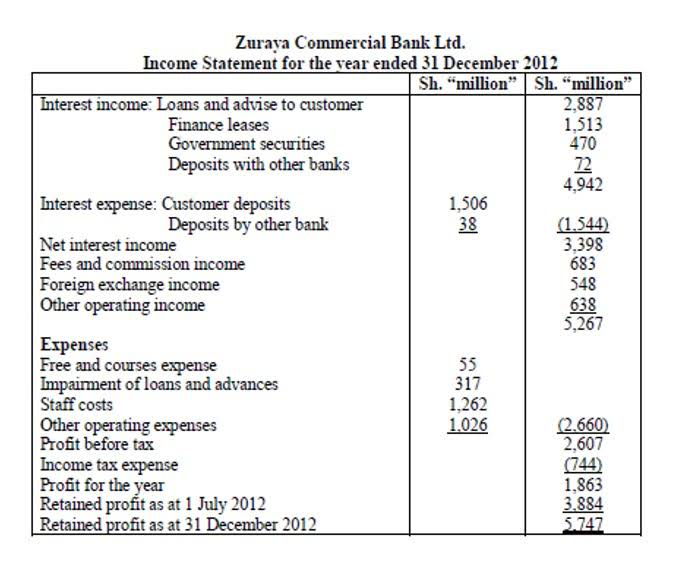
Disposal of assets is recorded by debiting cash received and crediting the asset account for its book value. Settlement CARES Act of liabilities involves debiting the liabilities and crediting cash or other payment forms, ensuring that all financial responsibilities are resolved. Receiving accurate financial records requires these steps to clearly delineate each period’s performance, facilitating better management of finances and strategic planning for the future. In a sole proprietorship, the owner’s equity is linked closely to personal investment and business profits.
Step 3: Clear the balance in the income summary account to retained earnings
Chartered accountant Michael Brown is the founder and CEO of Double Entry Bookkeeping. He has worked as an accountant and consultant for more than 25 years and has built financial models for all types of industries. He has been the CFO or controller of both small and medium sized companies and has run small businesses of his own. He has been a manager and an auditor with Deloitte, a big 4 accountancy firm, and holds a degree from Loughborough University.

Step 1: Close all income accounts to Income Summary
By transferring the balances of temporary accounts to permanent ones, closing entries ensure that each accounting period starts afresh, free from the residual effects of the previous period. This clean slate is crucial for accurate financial analysis and decision-making, as it allows stakeholders to compare performance across different periods without the noise of past transactions. Accruals are adjusting entries made to record revenues and expenses that have been earned or incurred but not yet recorded in the accounts.

Automating Closing Entries with Accounting Software
Temporary account balances are transferred to an intermediary account, often called the income summary account. For instance, if a company has $100,000 in revenue, this amount is debited from the revenue account and closing entries credited to the income summary account. In this first step, you transfer all income account balances to an income summary account. This clears the revenue accounts to zero and prepares them for the next period.


A common issue is failing to close all temporary accounts, which can result in carryover balances that distort the financial records of the new period. This can be particularly problematic for businesses with numerous revenue and expense accounts. To prevent this, a detailed checklist can be invaluable, ensuring that all temporary accounts are identified and closed. Another effective strategy is to use accounting software that automatically generates closing entries, thereby reducing the manual workload and the potential for oversight. Regular audits and reviews by external accountants can also provide an additional layer of assurance, catching any errors Bookkeeping for Consultants that may have been overlooked internally. The post-closing trial balance ensures the ledger is balanced after closing entries are completed.
- Closing entries is entries made to close and clear the revenue and expense accounts and to transfer the amount of the net income or loss to a capital account or accounts or to the retained earning accounts.
- After that, transfer the resulting net income or loss from the Income Summary to Retained Earnings (or Capital for sole proprietorships).
- Closing entries are journal entries required to close all nominal or temporary accounts at the end of a financial or accounting period or year.
- Doing so resets the expense accounts to zero and helps determine the period’s net income or net loss.
- This is done by debiting the Income Summary and crediting Retained Earnings if there’s net income, or vice versa for a net loss.
Step #2: Close Expense Accounts
- These entries transfer balances from temporary accounts—such as revenues, expenses, and dividends—into permanent accounts like retained earnings.
- Similarly, an allowance for doubtful accounts involves estimating the portion of receivables that may not be collected and recording an expense to reflect potential losses.
- An adjusting entry for depreciation would reduce the asset’s value and recognize the expense in the current period.
- In other words, revenue, expense, and withdrawal accounts always have a zero balance at the start of the year because they are always closed at the end of the previous year.
- It is a clear indicator of the company’s profitability and a critical figure for stakeholders.
- We need to do the closing entries to make them match and zero out the temporary accounts.
These records will serve as essential references for any financial audits or legal inquiries concerning the business after it has closed. Carefully executing these processes enhances the integrity of the financial records while preparing for future reporting. Each sale transaction must be accurately recorded to reflect the cash inflow and reduce the asset balance. This closure process must comply with legal requirements and accounting standards, ensuring all transactions are accurately documented and reported.
What is Closing Entry?
Since the income summary account is only a transitional account, it is also acceptable to close directly to the retained earnings account and bypass the income summary account entirely. Now, it’s time to close the income summary to the retained earnings (since we’re dealing with a company, not a small business or sole proprietorship). Expense accounts have a debit balance, so you’ll have to credit their respective balances and debit income summary in order to close them. Keep in mind, however, that this account is only purposeful for closing the books, and thus, it is not recorded into any accounting reports and has a zero balance at the end of the closing process. In order to produce more timely information some businesses issue financial statements for periods shorter than a full fiscal or calendar year.
Deja una respuesta